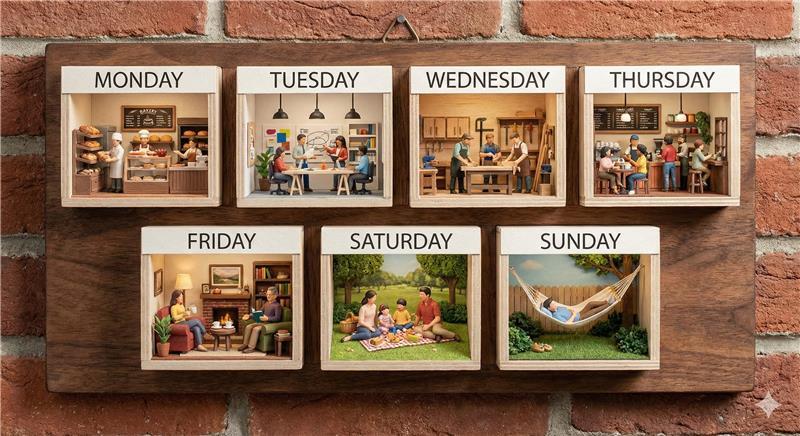How to Know If a Four-Day Workweek Is Right for Your Business
The four-day workweek has become one of the most talked-about workplace shifts of the last decade. Large corporations are experimenting with it....
2 min read
.png) Heather Palermo
· April 20, 2020
Heather Palermo
· April 20, 2020

Recently, the federal government signed into law the $2 trillion CARES Act, which provides financial assistance to individuals, families, and businesses affected by the COVID-19 pandemic.
Under the CARES Act, the Paycheck Protection Program (PPP) authorizes up to $349 billion in forgivable loans to small business owners. Business owners jumped at the chance to participate in this program. As of this writing, the initial allocation of funds is gone. It’s unclear if more funding will be made available.
Since the intent of the bill is to save American jobs and businesses, there are provisions built into the loan program to motivate you: If you keep (or re-hire to meet) your pre-COVID-19 levels of employment and compensation and spend funds on approved expenses, your PPP loan will be forgiven, meaning you don’t have to pay it back! (Please note: the interest that accrues at a low 1% rate is NOT forgivable.) Don’t worry if you’ve already had to reduce your staff or cut compensation, you have until June 30, 2020 to restore your full-time employment and salary levels for any changes made between February 15, 2020, and April 26, 2020.
Adhering to the terms of the PPP loan and meeting all the requirements is essential if you want your loan completely forgiven. At least 75% of the loan needs to be spent on payroll costs, while the other 25% can be used for PPP-approved costs, such as mortgage, rent, and utilities. The proceeds of the loan must be used over the next 8 weeks from the date funding was received. Keep in mind, when the time comes to account for how the funds were used, you need to show proper documentation, or it may result in having to pay back part or all of the loan.
If you don’t already work with a CPA firm and payroll service, it is highly recommended you do so. The investment will help maximize your benefits from the loan, and reduces the risk of making a wrong decision. When it comes to showing how you spent the money, there will be no digging through records and bank accounts. Instead, you will have proof at your fingertips.
Some other tips:
Minimize your risk of making a mistake and not having your loan forgiven. Contact us today. We can help keep you organized and prepare you for what comes next!

The four-day workweek has become one of the most talked-about workplace shifts of the last decade. Large corporations are experimenting with it....

We've all seen the headlines. Another major company announces that everyone needs to be back at their desk. No exceptions. And if you're running a...

If you work with a payroll provider for your small business, payroll typically runs on a set schedule with very little day-to-day involvement from...